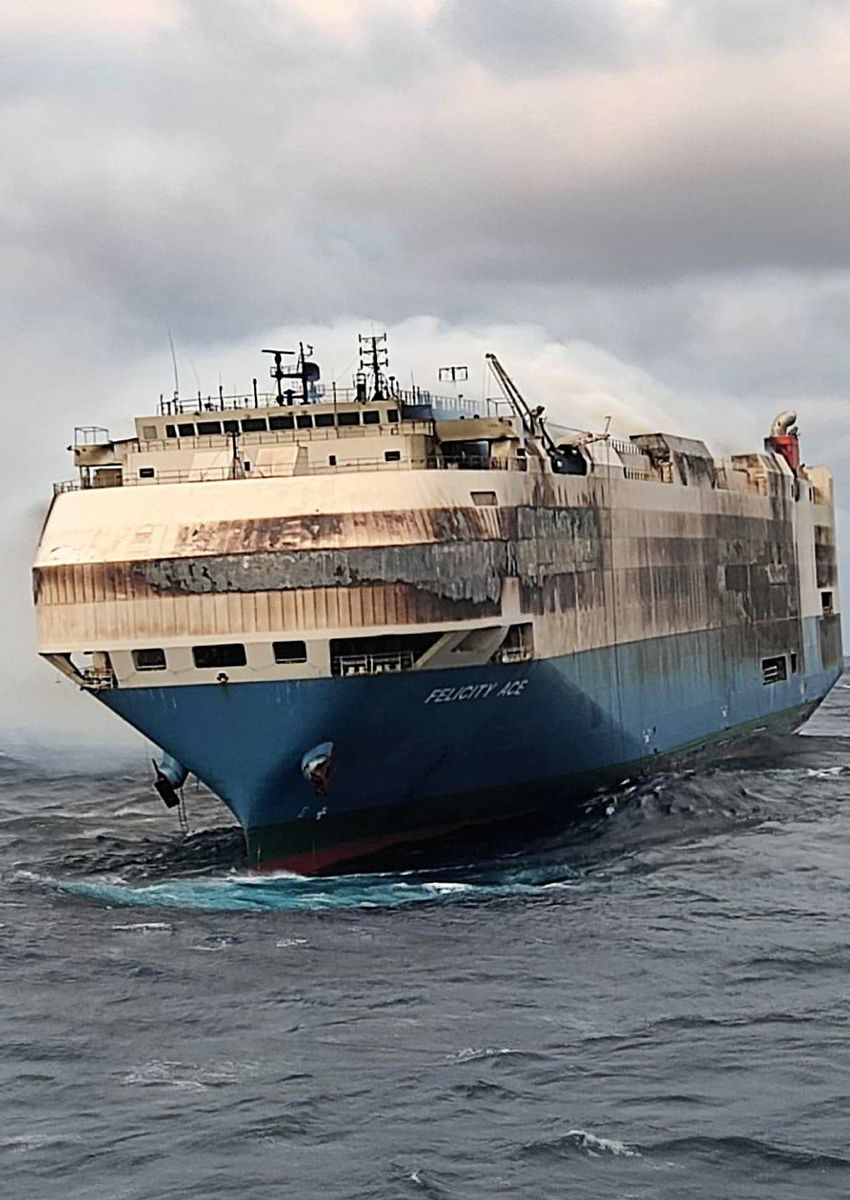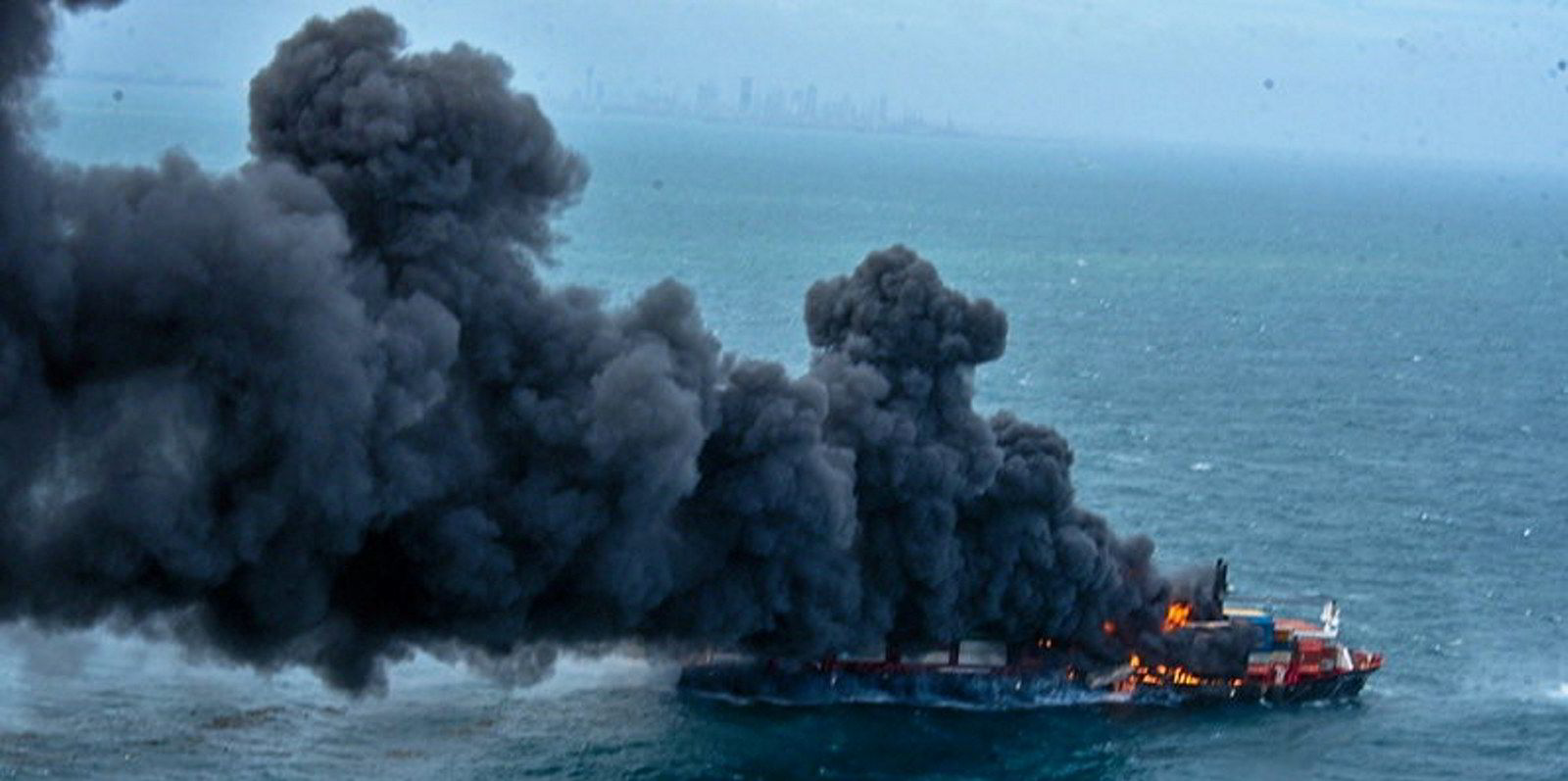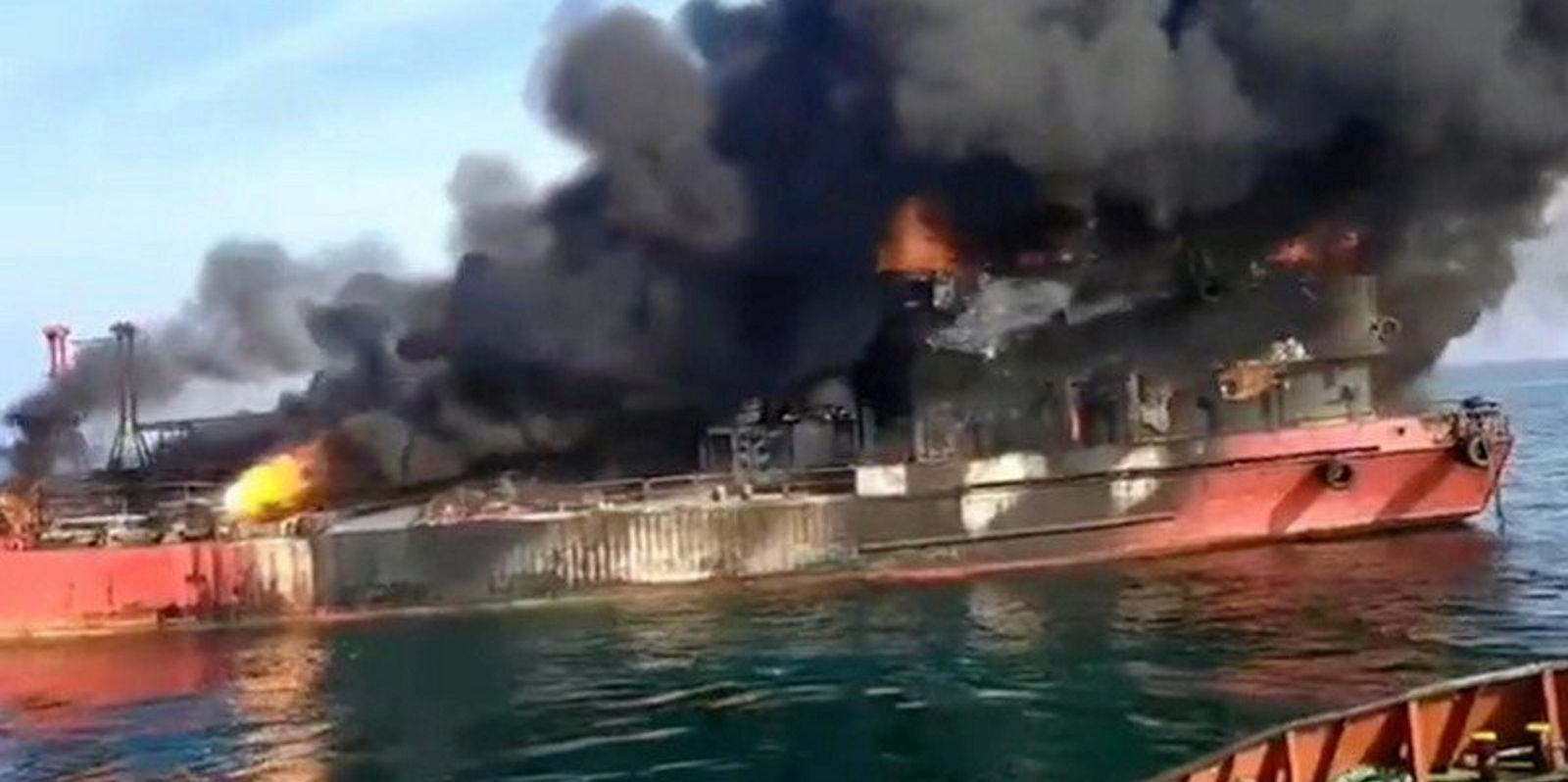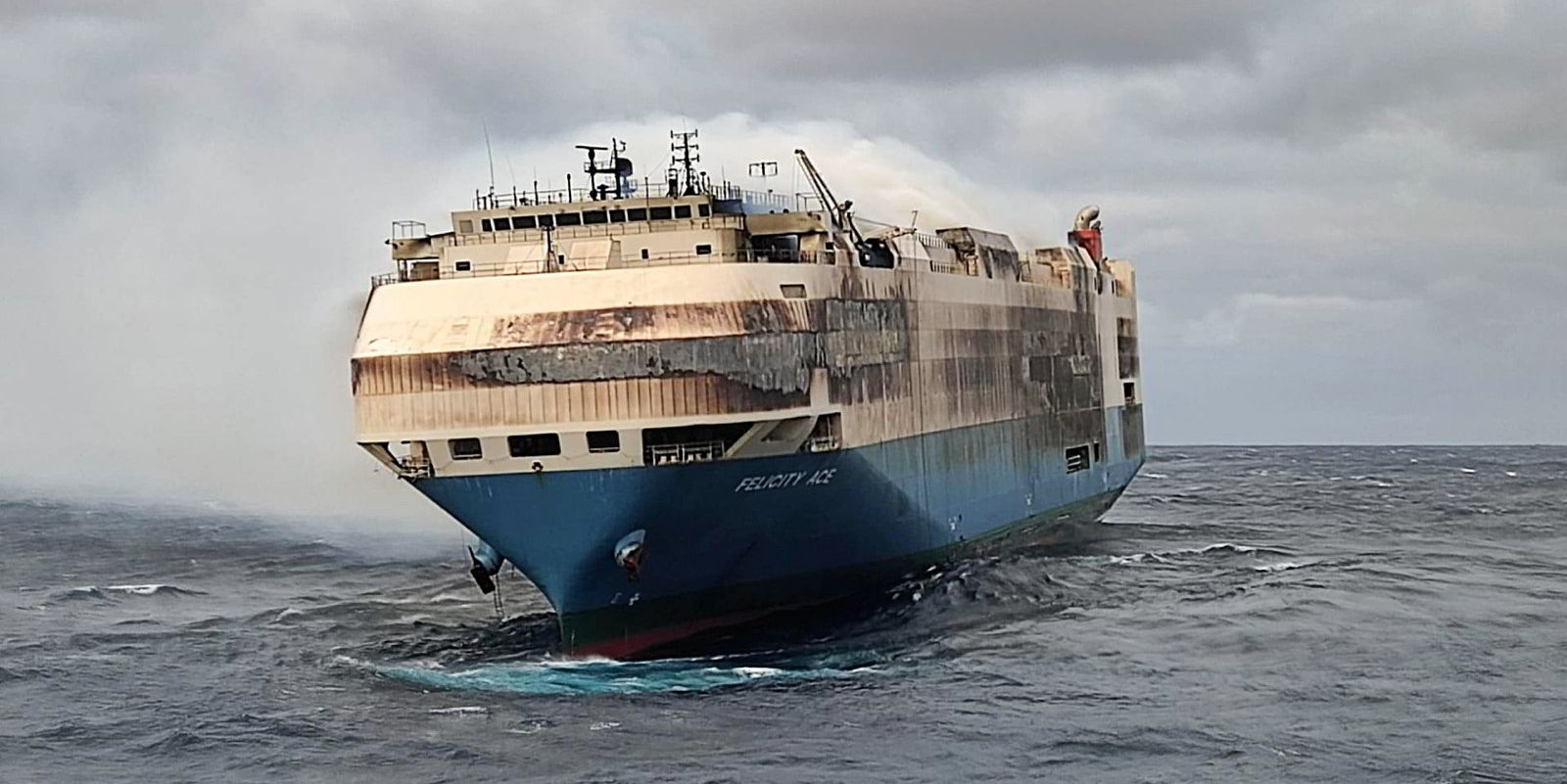Total loss casualties are at record lows in the last five years but fires on container ships and car carriers are a major concern, according to leading marine insurer Allianz, alongside port congestion, crew challenges and the Ukraine war.
Shipping’s improving safety trend continued last year but Russia’s invasion of Ukraine, a growing number of costly issues involving larger vessels, crew and port congestion challenges and decarbonisation targets mean there is no room for complacency, it said in its annual review.
Global head of marine risk consulting at Allianz Global Corporate & Specialty (AGCS), Rahul Khanna said in its Safety & Shipping Review 2022 that shipping has demonstrated tremendous resilience through stormy seas in recent years.
“Total losses are at record lows — around 50 to 75 a year over the last four years compared with 200+ annually in the 1990s.
“However, the tragic situation in Ukraine has caused widespread disruption in the Black Sea and elsewhere, exacerbating ongoing supply chain, port congestion, and crew crisis issues caused by the Covid-19 pandemic.”
Khanna said some responses to the shipping boom, like changing the use of bulkers to boxships or extending the working life of vessels, also raise warning flags.
The increasing number of problems posed by large vessels, such as fires, groundings and complex salvage operations, are also a challenge, he added.
During 2021, 54 total losses of vessels over 100 gross tonnes were reported globally, compared with 65 a year earlier. It represents a 57% decline over 10 years from 127 in 2012.
The 2021 loss total also needs to be seen in the light of an estimated 130,000 ships in the global fleet today, compared with 80,000 when more than 200 vessels were lost each year in the 1990s.
Progress reflects an increased focus on safety measures, better training and improved ship design, technology and regulation.
During the past year, fires on board the roll-on roll-off (ro-ro) 6,400-ceu car carrier Felicity Ace (built 2005) and the 2,743-teu container ship X-Press Pearl (built 2021) both resulted in total losses.

“Cargo fires are indeed a priority concern. There have been over 70 reported fires on container ships alone in the past five years,” the report noted.
About 5% of containers shipped may hold undeclared dangerous goods with fires often starting due to non-/misdeclaration of hazardous cargo, such as chemicals and batteries.
Fires have also become a major loss driver for car carriers, often caused by malfunctions or electrical short circuits in vehicles. The vessels’ open decks allow fires to spread quickly.
The growing number of electric vehicles transported by sea brings further challenges as existing fire counter-measure systems may not work effectively. Losses can be expensive due to the value of the cargo and cost of wreck removal.
When large vessels get into trouble, emergency response and finding a port of refuge is also challenging.
“Too often, what should be a manageable incident on a large vessel can end in a total loss. Environmental concerns are contributing to rising salvage and wreck removal costs,” said Khanna when previously, a wreck might have been left in-situ if it posed no dangers.
An increasing number of large ships have been involved in fires, groundings and container losses at sea compared with five years ago.
The X-Press Pearl sank after it was refused refuge by two ports following a fire as they were unable or unwilling to discharge a leaking cargo of nitric acid.
Meanwhile, the salvage operation for the 71,000-gt car carrier Golden Ray (built 2017), which capsized in the US in 2019, took almost two years and cost in excess of $800m.
South China, Indochina, Indonesia and the Philippines remain the main hotspot regions accounting for one-in-five losses in 2021 (12).
The areas accounted for one-in-four of 892 total losses over the past decade, driven by factors including high levels of trade, congested ports, older fleets, and extreme weather. Globally, cargo ships (27) account for half of vessels lost in the past year and 40% over the past decade.
Meanwhile, the economic rebound from Covid-19 has created a boom that has tempted some ship operators to use bulk carriers, or consider converting tankers, to transport containers.
The use of non-container vessels to carry containers raises questions around stability, firefighting capabilities, and securing cargo, the report said, as they are not designed to carry boxes and their manoeuvring characteristics can be impacted in bad weather.
Some owners are also extending the working life of vessels, and analysis has shown older container and cargo vessels (15 to 25 years old) are more likely to result in claims. They suffer from corrosion and systems and machinery are more prone to breakdown.
The average age of a vessel involved in a total loss over the past 10 years is 28.
The transition to greener fuels will also likely bring a heightened risk of breakdown claims, among other risks, as new technology beds down and as crews adapt to new procedures.
The Covid-19 pandemic and subsequent shipping boom has raised potential safety concerns as many skilled and experienced seafarers are leaving the industry.
A serious shortfall of officers is predicted within five years, and for those who remain, morale is low as commercial pressures, compliance duties and workloads run high. Such a work situation is prone to mistakes and 75% of shipping incidents involve human error, AGCS analysis shows.







